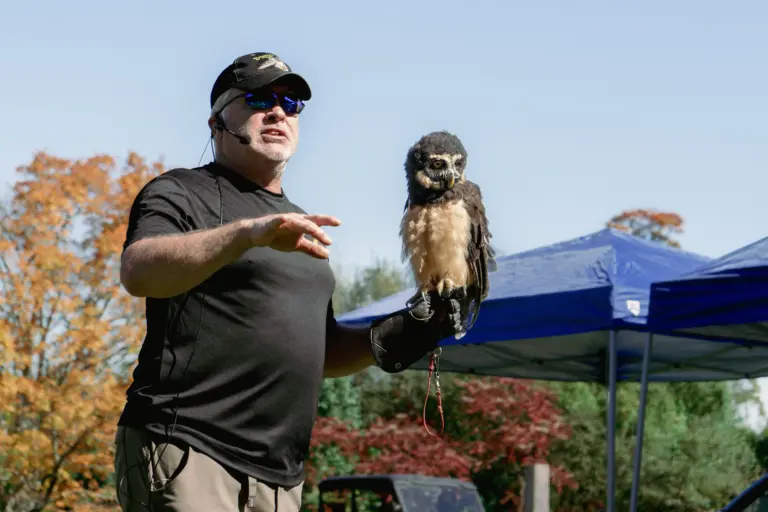

By: Eli Schaffer
It has become impossible to deny: kids care about the environment and many are increasingly worried about the future of a planet they will soon inherit. With a recent flood of scientific studies and news coverage detailing the effects a changing climate has had and will have on wildlife, the economy, national security and quality of life, climate is a topic that is now impossible to avoid. For grade-school aged children, the science can be confusing and the headlines can be anxiety-inducing. As parents, teachers and caregivers, it is incumbent upon us to create a context for youth to understand what is going on in a developmentally appropriate way.
According to the Climate Psychology Alliance, an organization of mental health professionals concerned with the effects of climate instability on mental health, a rising number of children are being treated for a fervent fear that humans will go extinct as a result of their own pollution and damage to the environment, a condition they call “eco-anxiety.” Notably, they resist labeling “eco-anxiety” as a mental illness because it is a “rational” fear, grounded in the reality of a changing global climate.
Recently, the National Audubon Society released a report detailing the threat climate change and associated factors would have on 389 species of birds in North America. While the report is certainly reason for concern, Audubon has identified a variety of ways people can take action to mitigate their own impact and advocate on behalf of the birds and people that will be impacted in the years to come. I highly recommend you visit Audubon.org/climate-action-guide today. As detailed below, taking action together with you child can be a meaningful way of assuming control over a challenging situation. Children are highly resilient when given the tools to understand something scary and complex.
Below is an excerpt from pbs.org that provides valuable insight and guidance for talking to your child about climate change:
The PBS NewsHour asked Lise Van Susteren, a psychologist and climate advocate about the best ways to discuss global warming with children.
Step 1. Find out what the child has heard. Give a child the chance to unburden himself or herself emotionally. Give them plenty of room to do that. You need to know what it is that you’ll need to address.
Step 2. Be relatable and honest. You need to say, “Well, I’ve heard about those issues too, and I’ll be honest with you, there are a lot of people that are worried about this. You’re not the only one.” Stress that they’re not unusual or crazy or vulnerable for feeling the way they feel.
Step 3. Explain what they can do about it. Use examples they can understand — “Global warming is why we turn off the lights when we leave a room,” or “Climate change is why we bought a hybrid car.” It’s your opportunity to go through the list of things that you do personally as a family to reduce the likelihood of environmental harm to things your child might care about, like animals. If the child is older, tell them to engage in prosocial environmental activities like organizing a cleanup of a park.




